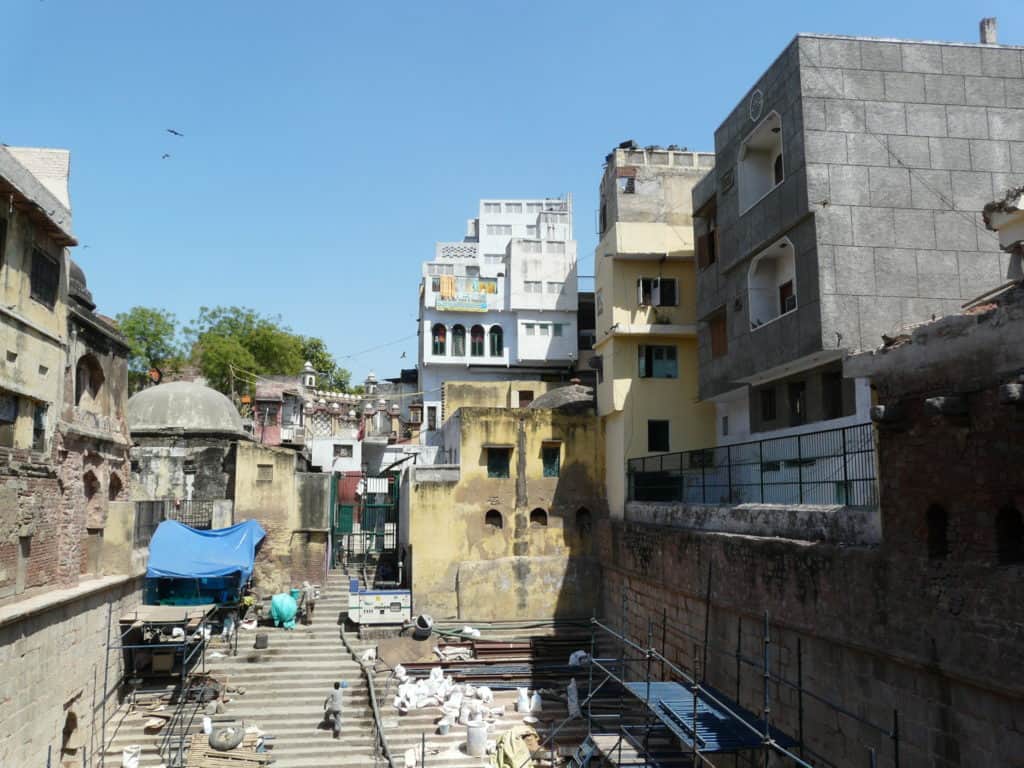Following the significant spike in coronavirus cases to 3380 today, the government is tracing the hotspots of contaminants. Thereby, to implement cluster isolation and in turn prevent community spread. Similarly, in this regard, the health minister is examining the recorded data and tracing the clusters of COVID 19.
The Cluster Containment Strategy- Cluster Hotspots
This severe and laborious formula is the necessity of the hour. Accordingly, the administration identifies the most emergent hotspots and introduces restrictive quarantine rules. Subsequently, it includes delineation of the area with around 3-kilometer radius. Further, a buffer region of 5- kilometers. Subsequently, highlighting to follow the rigid quarantine rules here. Additionally, the chosen spots will be critically monitored to avoid the transmission of infection. Besides, a daily status tracker is assigned to each hotspot, which is also demarcated.
The Government’s Plan to Contain the Pandemic
Initially, the local spread will be contained by tracing the COVID 19 patient and his residence. Following that, health workers issue the active patient’s contact list and map them. In cases like this, it is quite often a tedious and time-consuming process. Hence, the hotspot is sealed while ordering all the residents to stays indoors. Also, sanitation protocol will be initiated. Additionally, health inspectors would inspect the details regarding the number of residents, their age, health, gender, and so on.
India’s hotspots
1. South Delhi hosts the Biggest Hotspot
The Nizamuddin area’s six-story building is the biggest coronavirus flashpoint in the country. Accordingly, over 300 people are suspects of active COVID 19 patients. However, the rate could easily reach 2000 as the building had over 2000 residers. Nonetheless, out of 37 suspects, 24 were tested positive to the infection. Further, this incident increases the chances of community transmission tenfold.

2. Dilshad Garden in Delhi
The unhinged exponential infection from the Saudi Arabia migrant to a doctor who further spread it to hundreds of people is shocking. Thus, making the northeast Delhi another hotspot with over 11 cases in the Shahdara district.
3. Bhilwara in Rajasthan
Reporting over 26 cases out of 83 coronavirus cases in Rajasthan, Bhilwara is another hotspot in India. Furthermore, 1,194 samples have been taken while 2 COVID 19 patients died due to the pandemic.
4. Noida and Meerut in Uttar Pradesh
Noida records 38 active cases while over 12 cases are from just Nodia’s private firm. Additionally, the western UP district with over 100 cases has become the second biggest hotspot of the nation.
5. Mumbai and Pune in Maharashtra
Following the spike, as of now Koliwada area of Worli and Goregaon suburb are the present hotspots in Mumbai. Meanwhile, with over 46 cases and 2,216 under surveillance, Pune is also a hotspot.
6. Ahmedabad in Gujarat
With 23 cases from Ahmedabad out of the 73 cases in Gujarat, this is another hotspot in our country.
7. Kasaragod and Pathanamthitta in Kerala
Kasaragod district with over 99 cases is one of the worst hit due to the Pandemic. While Pathanamthitta has over 7,254 people under observation.
8. Morena in Madhya Pradesh
11 people from the same family tested positive for Coronavirus in Morena, Madhya Pradesh after one family member returned from Dubai. To make matters worse he had organised a feast for 1500 people to honour his dead mother. Now 1500 people who attended the feast are quarantined along with their family members.
Highly Vigilant Hotspot Containment Act
Consequently, the high caution is a result of a high spike in COVID 19 positive cases in areas like Bhilwara, Karnataka, Maharashtra, etc. Following the initiation, the plan would include daily check-ups, cluster sanitation, active monitoring of active patients and their contact list. Meanwhile, the main reason for this set up is to ensure proper quarantine of suspects and provide immediate treatments. Accordingly, the health minister has evoked health risk profiling for migrants as well. Also, to prevent cross-infection, isolation or separate treatment facilities for COVID 19 patients is advised.